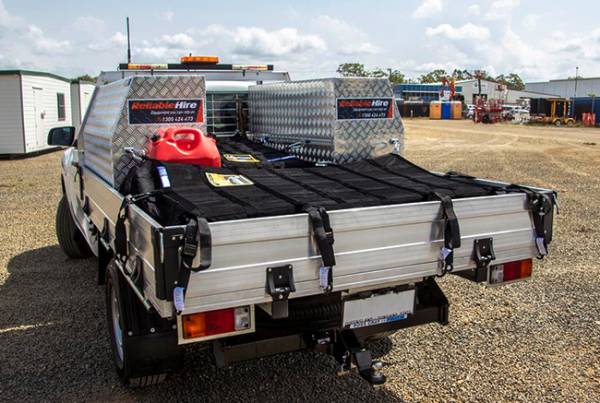A lot of people find it difficult to determine which ladder is right for them because there are just so many choices available nowadays. In our Brisbane store alone, we have dozens to choose from. Because of the variety of brands, heights and types, even experienced tradesmen can get confused over which one to pick.
In this article, we’ll break down the basic factors you need to consider in order to choose the right ladder for you.
The Importance of Picking the Right Ladder
Now some people might argue that all ladders are the same: they all allow you to reach certain heights safely and quickly. But while they all have the same function, they are definitely not all the same; and picking the wrong one could have dire consequences. Using the wrong ladder can easily lead to falls, injuries and in some professional cases, costly fines.
In order to avoid accidents and make your tasks much easier to perform, it is therefore vital that you choose and use the right ladder at all times.
Important Things to Consider
There are six main points to consider when selecting ladders. These are:
- Ladder type
- Height and reach
- Weight capacity
- Material
- Manoeuvrability
- Quality
Let us take a closer look at each of these factors:
- Ladder type – There are various types of ladders available nowadays, but there are just five basic types:
- Single section – This is the most basic type of ladder, one that needs to lean on walls and objects. It is often the lightest as it is made up of only one section, but it can be limited in use and difficult to store.
- Step ladders – These ladders consist of a single section ladder that is supported on the opposite side by another single section or stabilising legs that allow it to stand freely. These can be platform (have a platform in between the two sections for the person to stand on, usually not very high), single-sided (only one ladder section) or double-sided (two ladder sections).
- Extension ladders – These consist of a series of single section ladders that are arranged in a cascading manner and can therefore be connected to one another to lengthen, or slide into each other to become more compact. These are the lengthiest types of ladders.
- Telescopic ladders – These are similar to extension ladders in that they also have collapsible rungs for easier storage.
- Multi-function – These ladders are the most versatile, as their lockable joints and extensions allow them to adjust ladder sections into varying lengths. Both the telescopic and multi-function ladder are made only with aluminium, and can be combined to produce even more versatile ladder types.
- Height and reach – Determining the ideal height for your ladder depends on a number of factors, such as the height of the job, your own height and reach, and the angle of the ladder. Some general rules to follow here would be:
- You should not go beyond the highest standing point of the ladder. This can be the 3rd or 4th rung from the top. Going beyond this will seriously affect your balance and cause you to fall. You should make sure that whatever task you need to accomplish can be done comfortably on or below the highest standing point.
- When planning to work on an elevated surface, the ladder should be at least three rungs above this surface.
- Single section ladders should be set up at about a 75 degree angle. This will affect the overall reach, so make sure to consider this when choosing your ladder height.
- Weight capacity – Ladders have different safe load capacities, or the maximum amount of weight it can carry safely. This weight includes not only the person climbing the ladder, but all other objects on the ladder such as tools and materials. These weights can range from 100 to 200 or more kilograms. Make sure that the total weight you put on the ladder is below its maximum weight capacity.
- Material – Nowadays, ladders can come in either aluminium or fibreglass. These are both durable, high quality materials, but they do have certain restrictions. Aluminium ladders, while lightweight and practical should not be used on jobs where electricity is involved or a source is close by. Aluminium conducts electricity and can therefore be very dangerous when placed near any electrical sources. Fibreglass is a much better and safer option for jobs that involve electricity.
- Manoeuvrability – This can often be an issue with ladders, especially for the lengthier ones. If you only need the ladder around the house and need to store and transport it easily, a compact dual purpose or multi-purpose telescopic ladder may be your best choice.
- Quality – When you’re working at heights, your safety is of paramount importance, which is why it is crucial to pick a high quality ladder. You can tell the quality of a ladder simply by how it is made, the material used and how well each of its components work. To ensure high quality, go for trusted ladder brands such as Bailey ladders, Gorilla, Branach or Ladamax. And also make sure to purchase your ladders from a reliable source, like Vetner.
Vetner isn’t known as ‘The Ladder Shop’ for nothing. Our years of expertise and supplying the widest selection of top quality ladders has made us an authority when it comes to ladders. So the next time you find yourself asking, ‘which ladder should I get?’ remember these tips, and head on over to Vetner, where you’re sure to find the ideal ladder for you.

